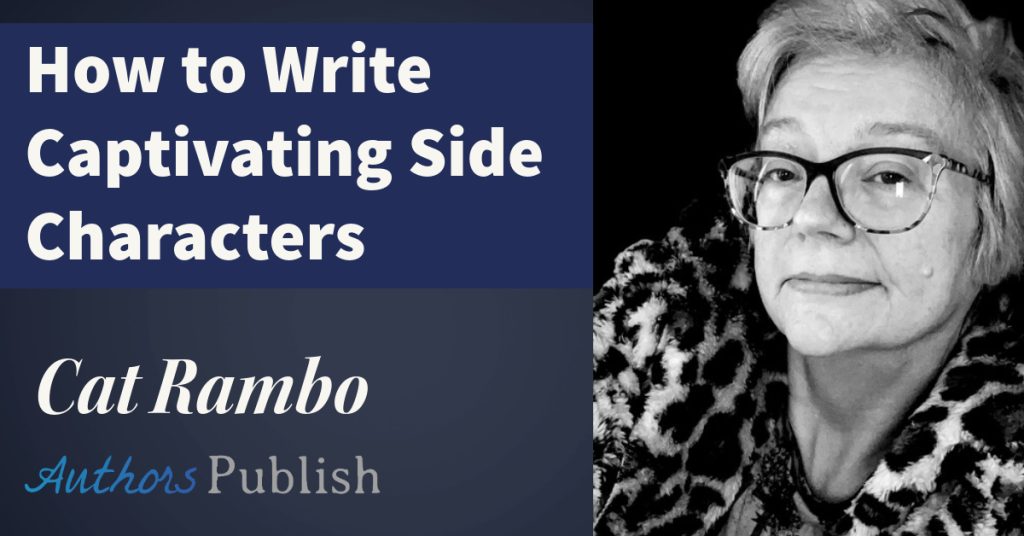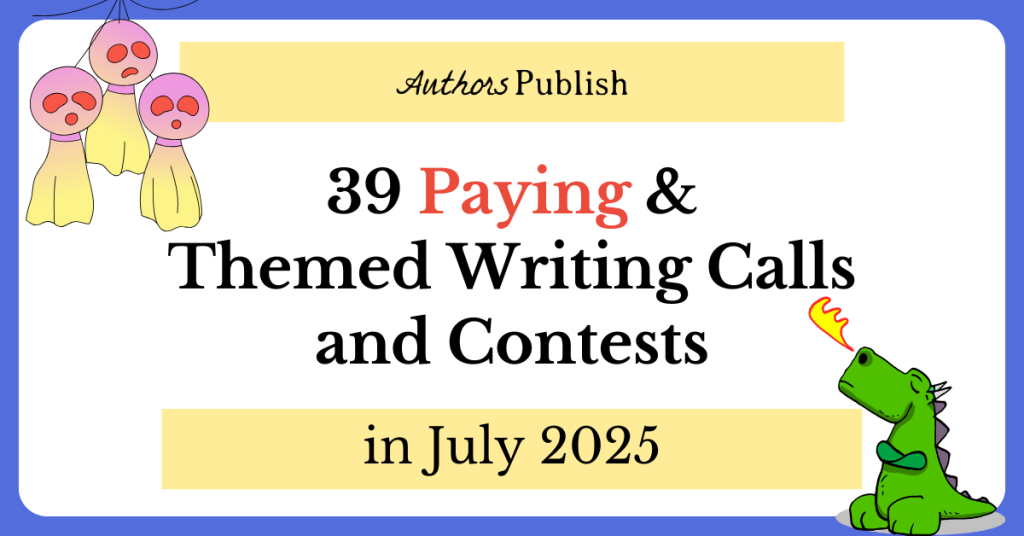By Emily-Jane Hills Orford
What is a character sketch? Simply put, character sketches are a clever way to really get to know your characters before you even plot them into a story. If you don’t know your characters, how can you possibly convince your readers to know them? Plus, this exercise becomes a good resource, so you don’t ‘accidentally’ change how a character looks or reacts halfway through the story. Not to mention the possibility of changing the character’s name – I’ve come across these kinds of errors in my reading and it’s very frustrating for the reader to follow the story when something significant about a character changes.
Before you place a character in a story, it’s a good idea to draft a character sketch. Even something in point form is better than nothing at all. Though some writers actually take these accumulated ‘points’ a little further and write a short story about each of their characters – the main ones, at least. There are some key questions you should ask yourself about your character, beginning with appearance, personality, and habits. There are many other questions you can ask, as well as questions within the key questions.
I like to write my character sketches in third person, even if I intend to make one of the characters into the narrator and write the story in first person. And, I like to have something visual to look at. So, I search magazines or online to find an image that I feel best fits my character. Then, while looking at the image, I can totally connect with the person and answer just about any question thrown my way.
Now it’s time to brainstorm each character, one at a time. Here are some questions to help get you started, beginning with physical description and moving onto personality traits, habits, strengths, weaknesses, social skills and so on:
- What is the character’s name? How does this name fit the character?
- Is your character a he, she, or they (non-gender specific)?
- What is the age of your character?
- What color is the character’s hair and is it long or short, straight or curly?
- What is the character’s skin color, eye color – anything that distinguishes nationality? Any visual blemishes?
- How tall is the character?
- How does your character talk? Is there a noticeable accent? And, if so, what is the accent and how does it further define the character?
- How does your character dress? Neat? Clean? Formal? Sloppy?
- What does your character like or dislike about him/her/them-self?
- What are some of the personality traits that define your character? Happy? Sad? Depressed? Playful?
- What triggers some of your character’s moods and mood swings?
- How does your character deal with conflicts? Are they vulnerable to specific conflicts?
- What conflicts does your character face?
- What are some of your character’s relationships?
- What is each of your character’s relationship to the other characters in the story?
- Is your character motivated and what motivates your character?
- List some of your character’s likes and dislikes.
- List some of your character’s strengths and weaknesses.
- Develop a backstory for each character: where the character grew up, key points of their lives, etc., as well as favorite books, movies, music, etc.
- Finally, write one or two sentences to fully define each of your characters as they fit into the story.
There are many other questions you can ask yourself about each of your characters, but this is a good start. It’s not set in stone that you have to use all these details in the story, but it certainly helps you feel and understand the characters as the plot evolves. Remember, character sketches are guidelines, explorations into a character. You may even see your character sketch as a short story in itself. The main thing is that you create consistently realistic characters. You want your story to be believable, so make your characters believable.
Emily-Jane Hills Orford is a country writer, living just outside the tiny community of North Gower, Ontario, near the nation’s capital. With degrees in art history, music and Canadian studies, the retired music teacher enjoys the quiet nature of her country home and the inspiration of working at her antique Jane Austen-style spinet desk, feeling quite complete as she writes and stares out the large picture window at the birds and the forest. She writes in several genres, including creative nonfiction, memoir, fantasy, and historical fiction. http://emilyjanebooks.ca






